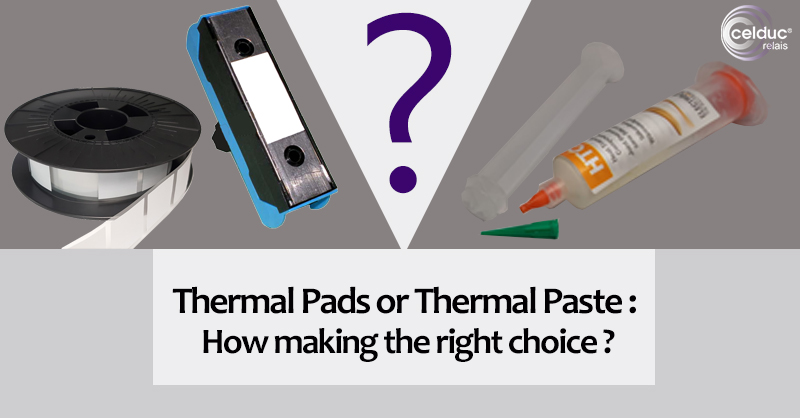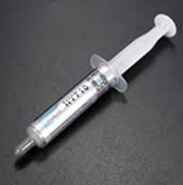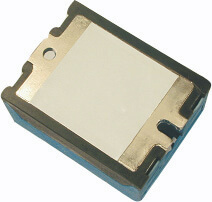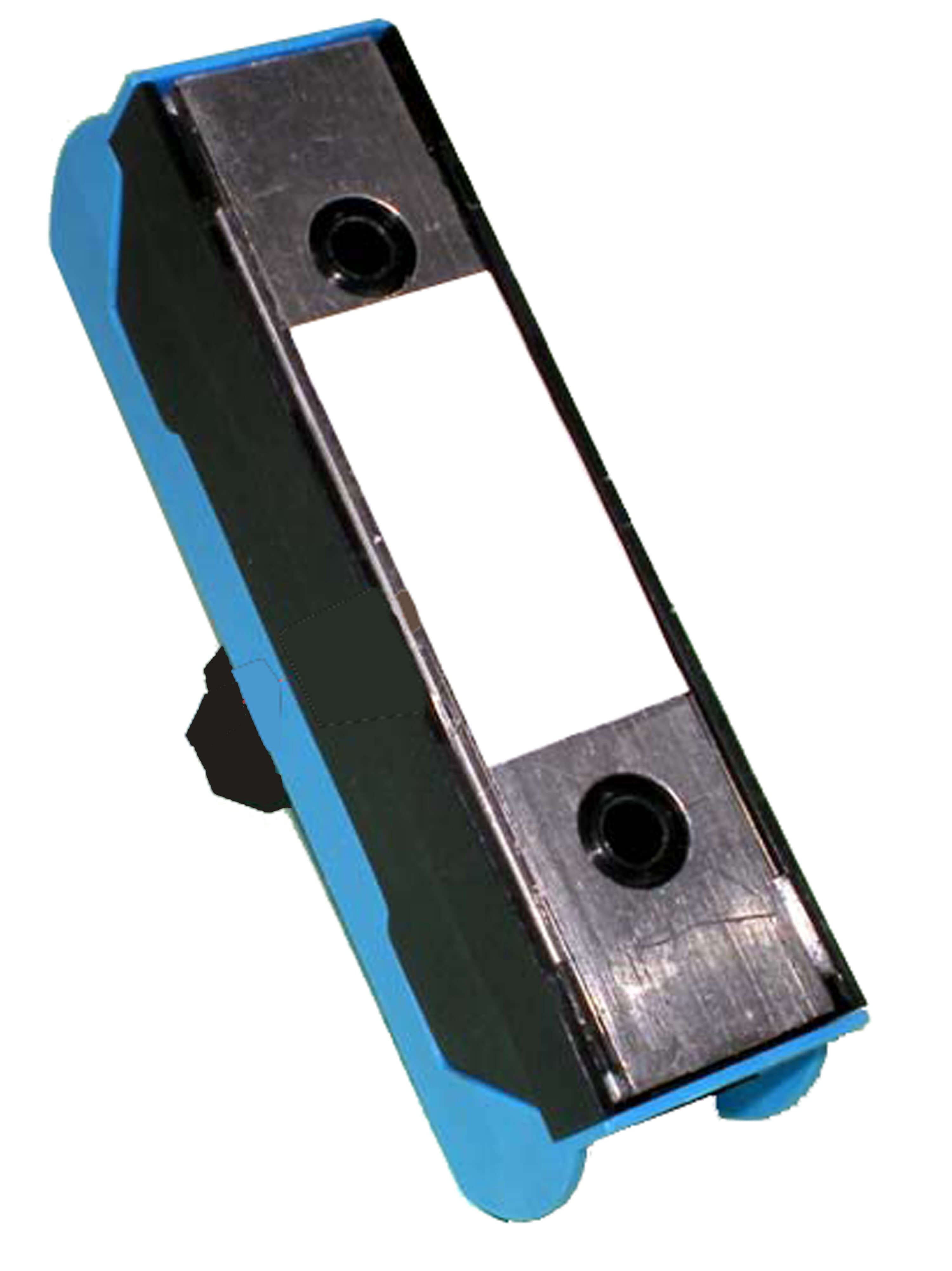Blog - TECHNICAL TIPS & TRICKS - Solid State Relays - SSR Thermal Interface Materials

The proper sizing of the heatsink is not the only consideration when creating an SSR assembly. Another critical consideration if the proper mounting of the Solid State Relay to the heatsink itself, which can greatly effect the efficiency of the “thermal system” and therefore the operation and reliability of the assembly.
This new post explains the use of thermal interface materials (TIM) that are placed between the
SSR and the HeatSink to improve thermal performance and the proper mounting techniques to ensure reliable operation of the Solid State relay.
You can decide between using thermal paste (or grease) and thermal pads. When should you use which solution? What are their differences and what are their advantages ?
We will try to give you some basic information about the selection and use of Thermal Interface Material for Solid State Relay applications.
The base plate of a SSR or the surface of the heatsink is never entirely flat. If you mount a Solid State Relay directly on a heatsink, there will be invisible gaps between the two parts. Since air conducts heat poorly, these voids have a very negative effect on the heat transfer. Therefore, a thermal interface material (TIM) is needed to maximize contact area and to improve heat conductivity between SSR and heatsink (in other words to provide the lowest possible thermal imedance).
Thermal Interface Materials have a high thermal conductivity and are specifically designed to fill any voids or irregularities you may have on the base plate of the relay or on the surface of the heatsink, allowing an efficient transfer of heat.
There are two main types of TIM used with Solid State Relays :
 It is a paste which should be applied directly on the heatsink.
It is a paste which should be applied directly on the heatsink.
Thermal grease provides the best possible performance and remains flexible across a wide operating temperature range providing excellent performances for an extended length of time.
The main limitation is that thermal paste is not easy to apply as the thermal coumpound deposition thickness should be controlled, otherwise thermal impedence may vary and affect the SSRs reliability.
It should be used for Power Dissipation (Pd) in the range of 25<Pd<500W.
Ref. 5TH15000

 Thermal pads are flexible sheets which should be placed between the SSR and the Heatsink when the relay is mounted on heatsink
Thermal pads are flexible sheets which should be placed between the SSR and the Heatsink when the relay is mounted on heatsink
They are much easier to install than thermal grease. Unfortunately, they aren’t as effective as a thin layer of thermal paste.
For three-phase applications, for example, this is better to use thermal grease as thermal pad is limited in terms of power.
Power Dissipation (Pd) of thermal pads is in the range of 25<Pd<75W
Some Thermal pads have an embedded substrate carrier, such as aluminium. celduc recommends Aluminium materials thermal pads with very good thermal performances and no change of state in the long terms. On the market you can find thermal pads with carbon materials (named SILPAD) but they are not good in terms of thermal performances.
When selecting your phase change thermal interface materials you should take into consideration the flow characteristics and thermal impedances depending upon substrate resistivity and phase change material thickness.
You only need to make sure that the SSR and heatsink surfaces are clean prior to thermal pad installation and the correct placement of the pad between the SSRs base place and the heatsink.
celduc is only offering Aluminium thermal pads in its range of accessories for Solid State Relays available with an adhesive that allows the thermal pad to be attached to the SSRs base plate prior to mounting on the heatsink.
celduc’s ref. 5TH23000 for SC/SO ranges
celduc’s ref. 5TH24000 for SA/SU ranges
When required, celduc can pre-installed the Thermal pads on the SSRs at the factory prior to shipment for convenience to the user.
Caution : If you dismount the heatsink, you should clean the surface and replace the thermal pad.
Thermal interface materials serve to reduce the thermal impedance of the joint between the SSR and heatsink, thereby reducing the SSRs temperature and improving its reliability. The most common interface materials, “Thermal Paste” and “Thermal Pads”, perform well with each offering certain advantages depending upon user application.
celduc relais offers assistance to select SSRs, heatsinks and accessories including thermal pads for any given SSR application.